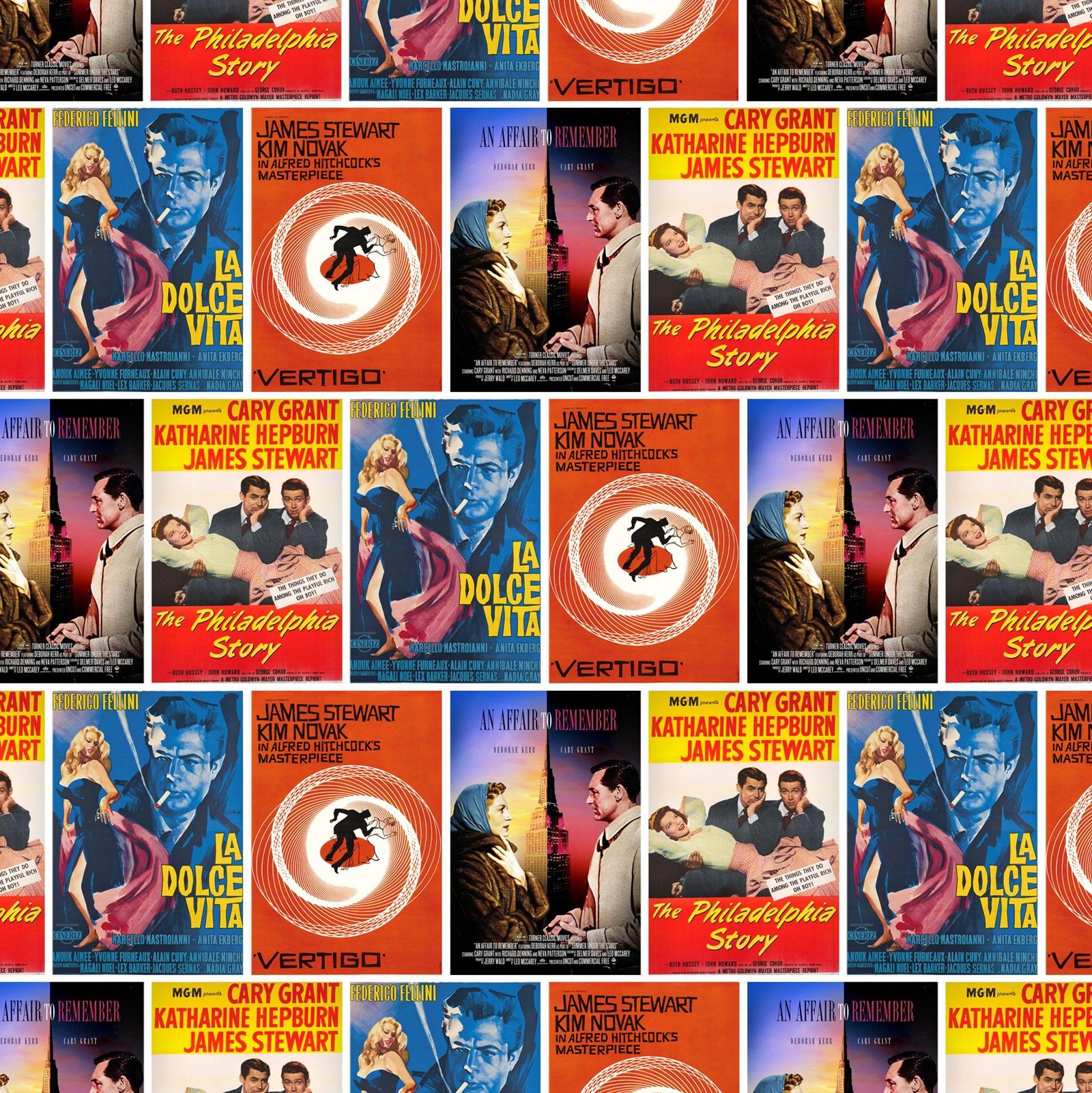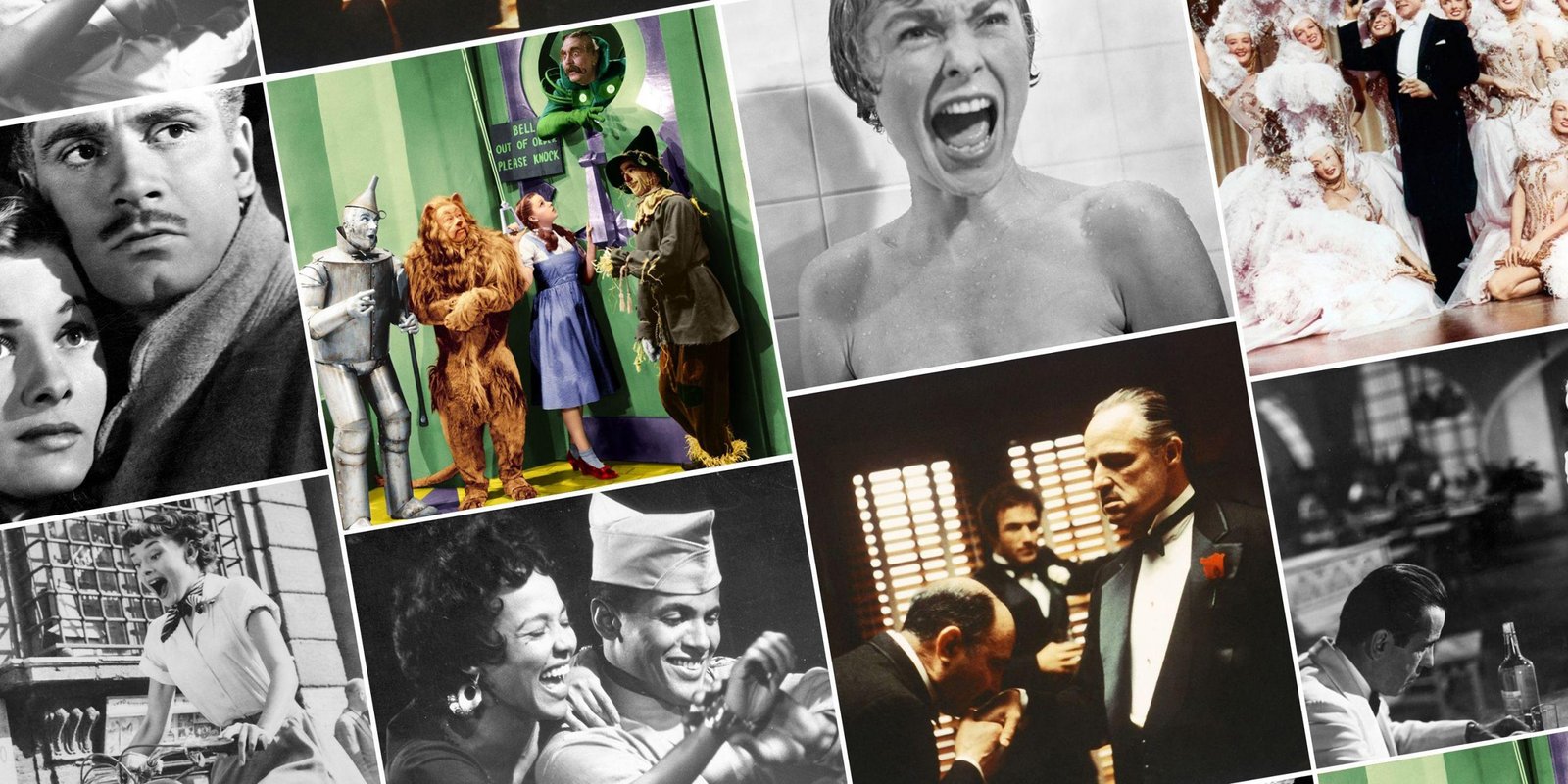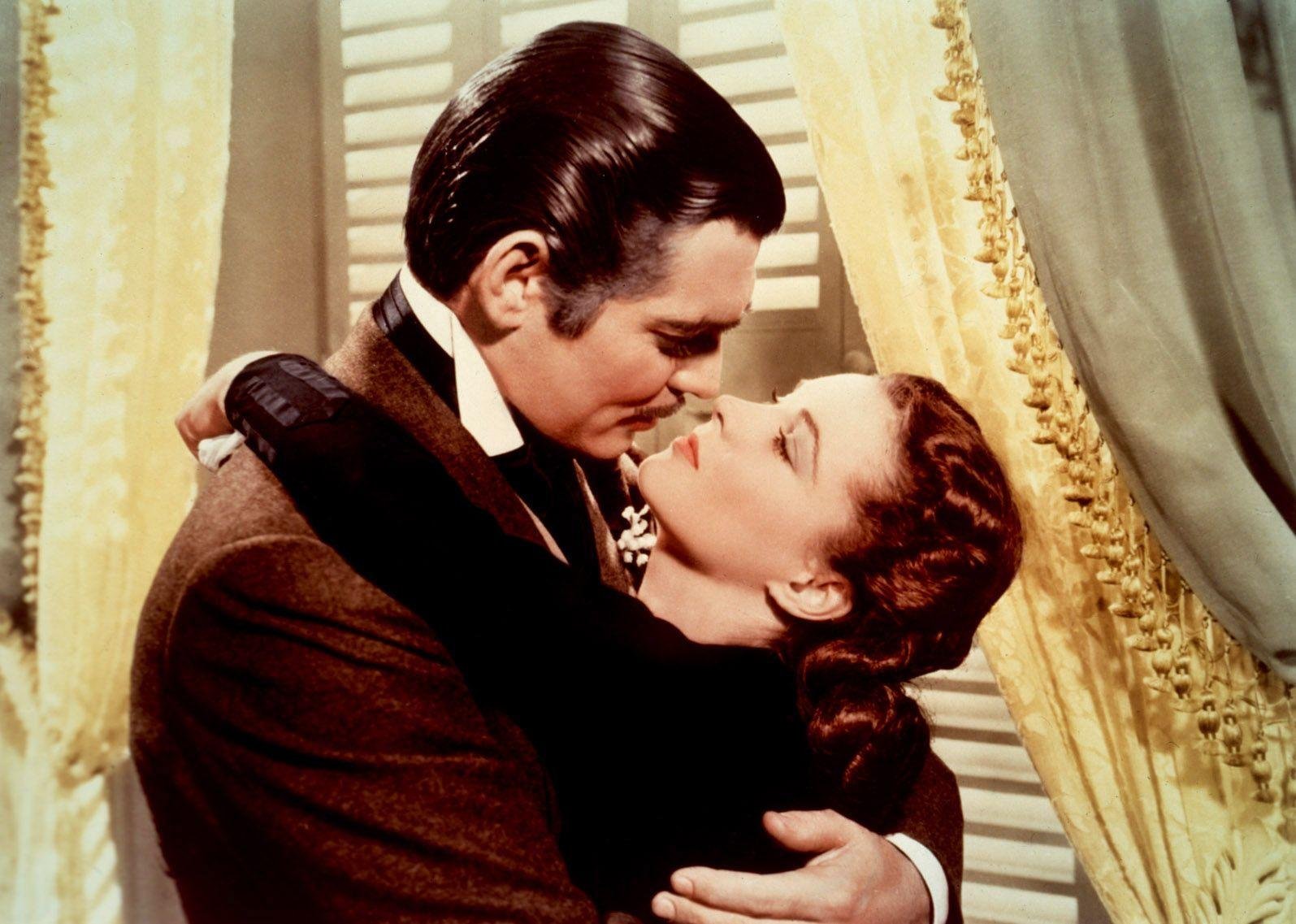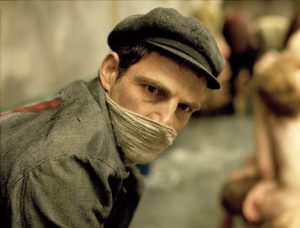The Originals: Rediscovering the Classic Films That Shaped Cinema History
Welcome to the world of classic films, where storytelling and cinematic art were at its peak. These films not only contributed to the evolution of the movie-making industry but also shaped the way we perceive and understand the world around us. Despite the technological advancements and changing tastes in cinema, classic films remain timeless and relevant to this day. In this article, we will rediscover the classics that have made an indelible impact on cinema history and continue to inspire filmmakers today. Let’s dive into the world of the originals.
Welcome to the world of classic films, where storytelling and cinematic art were at its peak. These films not only contributed to the evolution of the movie-making industry but also shaped the way we perceive and understand the world around us. Despite the technological advancements and changing tastes in cinema, classic films remain timeless and relevant to this day. In this article, we will rediscover the classics that have made an indelible impact on cinema history and continue to inspire filmmakers today. Let’s dive into the world of the originals.

Introduction to classic films and their significance in cinema history
Classic films are an essential part of cinema history. They represent a significant milestone in filmmaking and have influenced generations of filmmakers. These films showcase the creative techniques and storytelling that have shaped the cinema we know today. They are also a testament to the talented actors, directors, and writers who have devoted their lives to the art of film. By studying classic films, we can learn about the evolution and development of cinema, and appreciate the contributions that these films have made to the medium. Classic films are a crucial aspect of the film industry and will continue to inspire and entertain audiences for generations to come.
The rise of classic Hollywood and its impact on the film industry
The rise of classic Hollywood during the 1930s and 1940s had a major impact on the film industry. During this era, Hollywood established itself as the center of the film world, producing movies that were not only entertaining but also technically innovative, with complex camera movements, editing techniques, and sound design. The star system also emerged during this time, with actors like Clark Gable, Marilyn Monroe, and Humphrey Bogart becoming household names. The movies produced during the classic era continue to be celebrated and studied today for their lasting impact on cinema history.
The emergence of iconic film genres such as film noir and musicals
The emergence of iconic film genres such as film noir and musicals during the classic films cinema era has left an indelible mark on the world of cinema. Film noir, with its dark and brooding themes, and use of low-key lighting and shadows, has become synonymous with crime dramas and detective stories. On the other hand, musicals have brought to life some of the most memorable and enchanting moments in cinema history, with their catchy tunes and larger-than-life performances. The rise of these genres not only gave birth to some of the greatest films ever made but also paved the way for future generations of filmmakers to explore and experiment with new and exciting storytelling techniques.

The evolution of film technology during the classic era
During the classic era of cinema, film technology went through a series of significant changes and advancements. The introduction of sound in the late 1920s transformed the film industry, leading to the development of the “talkies” and the decline of silent films. Technological advancements in camera and lighting equipment allowed filmmakers to create more sophisticated visual effects and set designs, which revolutionized the way stories were told on the big screen. The use of Technicolor in the 1930s and 1940s brought vivid color to films, adding a new dimension of realism and beauty to classic films. These technological advancements paved the way for the golden age of Hollywood and shaped the art of filmmaking as we know it today.
The role of classic film stars and their impact on popular culture
The role of classic film stars is undeniable in regards to their impact on popular culture. These icons of cinema have captured the hearts and imaginations of audiences for generations, and their influence can still be seen today. From Marilyn Monroe’s iconic beauty to Humphrey Bogart’s cool confidence, classic film stars have become symbols of a bygone era that still fascinates moviegoers today. Their performances have set a standard for acting that continues to inspire contemporary actors, and their films have become timeless classics that continue to be celebrated by movie enthusiasts all over the world. Classic film stars have left an indelible mark on cinema history that will continue to be felt for generations to come.
The censorship and regulation of classic films
The censorship and regulation of classic films has been a hot topic in the cinema industry for decades. Many classic films, such as “Gone with the Wind” and “Breakfast at Tiffany’s,” have been criticized for their portrayal of race and gender. As a result, some of these films have been edited or completely banned in certain countries. While it is important to recognize and address problematic content in films, it is also important to preserve the historical context in which these films were made. Ultimately, the censorship and regulation of classic films is a complex issue that requires careful consideration and dialogue.

The impact of World War II on classic cinema
The impact of World War II on classic cinema was significant as it brought about a shift in the themes and styles of films. During the war, many filmmakers were enlisted or worked for the government, resulting in a decrease in film production. However, after the war, classic films began to reflect the post-war society with a focus on realism and social issues. Film noir emerged as a popular genre, with its dark and cynical themes reflecting the wartime experiences of many Americans. Classic films also began to explore the complexities of human nature and the aftermath of war. Overall, World War II had a profound impact on classic cinema, shaping its direction for years to come.
The decline of classic Hollywood and the rise of independent cinema
The decline of classic Hollywood and the rise of independent cinema is a significant moment in the history of cinema. In the post-World War II era, the major studios faced a decline in audiences as television became a more popular form of entertainment. As a result, studios shifted their focus to big-budget, blockbuster films, leaving little room for the smaller, character-driven films that were once a hallmark of classic Hollywood. This paved the way for independent filmmakers to step in and fill the void, creating a new wave of daring and innovative films that challenged Hollywood‘s traditional storytelling. Today, independent cinema is thriving and continues to push the boundaries of what we expect from movies.
The preservation and restoration of classic films
The preservation and restoration of classic films is crucial in cinema history. These films not only showcase the creativity of filmmakers from the past, but also provide insight into the social and cultural values of the time. With advancements in technology, it has become easier to restore and preserve classic films, ensuring that future generations can enjoy them as they were originally intended to be seen. Without these efforts, we risk losing an important part of our cultural heritage and the evolution of cinema as an art form. It is important for film lovers and historians alike to support these restoration efforts to ensure that these classic films remain a relevant part of cinema history.
The enduring legacy of classic films in contemporary cinema and popular culture
The enduring legacy of classic films in contemporary cinema and popular culture cannot be denied. These films have shaped the way we view cinema and storytelling, influencing generations of filmmakers and audiences alike. From the 1930s to the 1960s, classic films set the standard for storytelling, cinematography, and acting. They have inspired countless adaptations, remakes, and homages, from modern blockbusters to indie gems. Even today, classic films continue to be celebrated and studied, reminding us that cinema is a powerful art form that can transcend time and space. From Casablanca to Citizen Kane, classic films have left an indelible mark on cinema history, and their legacy will continue to inspire and entertain for generations to come.
For more information about Classic films cinema history, including movie details, cast information, etc..
check out the filmaffinity page.



